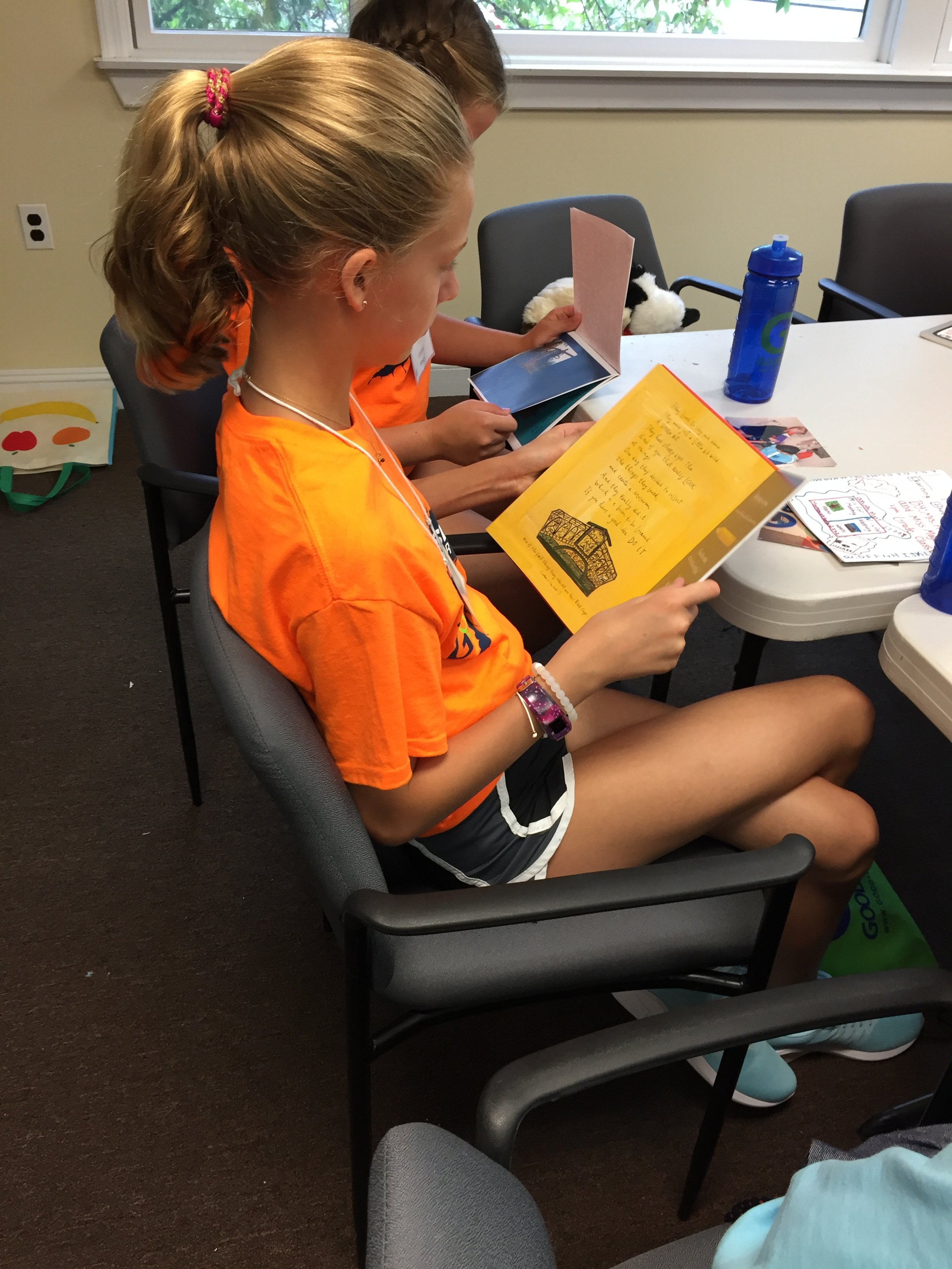Healing and the Arts
What we can learn from books, film, music, and the arts.
Human beings are natural storytellers. Personal narratives and fiction offer ways to describe our lives and order our experiences. What happens when we watch a film or read a book and then talk about it? The characters on the page and screen emerge as our friends, role models, storytellers, and reliable advisors.
We have opportunities for self-reflection, problem-solving, and social support. Books, poetry, songs, and film can inspire us to write, paint, make music, or photograph our own experiences — and can be therapeutic for adults and young people.
Perilous Journeys and Growing Heroines
Children's books and young adult novels have always been essential to my clinical and educational work. Working with an extraordinary principal at the largest elementary school in Washington Heights, New York, I created a book program for 3rd-, 4th-, and 5th-grade girls called “Growing Heroines.”
Fiction offered the tools these little girls needed. The books’ young female characters struggled to be the heroines of their own lives but didn't know how or where to begin. Their survival might have been influenced by following another's lead, or having a positive role model, such as a parent, a teacher, or a big sister. The "Growing Heroines" program held weekly groups where girls had a chance to talk, listen to each other, and hear the stories of their fictional counterparts. Using a library of over 20 children's books featuring strong female protagonists, the girls in this four-year program explored the worlds of fiction in order to understand their own worlds. They didn't hesitate to question, react or reveal! Read Perilous Journeys and Growing Heroines
REMEMBERING BAMBIRemember the first time you saw death on the screen.
How old were you? Where were you? What was the name of the film? Who was with you? What did you feel?
How old were you? Where were you? What was the name of the film? Who was with you? What did you feel?
In 1942 the death of Bambi's mother was and still is widely regarded as one of the most shocking yet significant moments in film for children. More than 75 years after its initial release, the film is still remembered and praised for its groundbreaking maturity, especially for how the young fawn responded to his mother’s death. Moments like this present important opportunities to talk with young people about loss and grief.
For adults—educators, mental health professionals, and caregivers—films help us see the journey of bereaved children more clearly. Recently there have been potent examples in such animated and live-action films as Big Hero 6, the French movie, Ponette, and, more recently, Dear Edward and The Quiet Girl.
Discussion guides help us explore conversations and focus on the significance of films and literature. I've had the privilege of creating materials for the documentaries Rebirth and The Second Day, and for books such as Kai's Journey and 911: The Book of Help, Speak, and Breath to Breath. Along with the Good Grief team, I developed a discussion guide for the extraordinary documentary, Beautiful Something Left Behind, a winner at the 2020 SXSW film festival.
The Things They Carried
In 1985 photographer Wendy Ewald created Literacy Through Photography (LTP), an innovative arts program for children in which they use cameras to tell their stories and explore the themes of self, family, community, and separation. I piloted the first LTP program for bereaved children in collaboration with Duke Center for Documentary Studies, Good Grief summer camp, and Scholastic Art & Writing Awards. The campers refined their skills of self-expression through picture making, reading, discussion, and writing.
Healing Through Music
Music and songs can calm us, decrease anxiety, and lower our heart rate. But we can also be inspired to dance and exercise when we hear the right tune. Renowned author and neurology Professor Oliver Sacks confirms the importance of music: "Music can lift us out of depression or move us to tears – it's a remedy, a tonic, orange juice for the ear . . . music is even more – it can provide access, even when no medication can, to movement, to speech, to life . . . music is not a luxury, but a necessity." Maya Angelou described music as her refuge: "I could crawl into the space between the notes and curl my back to loneliness." Singer-songwriter Billy Joel believes that "music in itself is healing. It's an explosive expression of humanity. It's something we are all touched by. No matter what culture we're from, everyone loves music."
Check out the Spotify playlists below. You might find them thought-provoking and maybe even hummable! The young people in your lives or practices may find them beneficial. These songs can be a bridge to essential conversations.
This playlist is for young people who may face life challenges—when they've lost someone or something important. The adults who love and care for them may want to give a listen too.
Listening to and reaching out to each other during the tough times.
There are more playlists in the focus area on Nurses and Their Well-Being.



Books That Heal: Sharing Experiences & Finding Comfort
by Donna A. Gaffney
Breath to Breath by Craig Lew
with Discussion Guide
by Donna A. Gaffney
Bibliotherapy for Girls:
A Novel Approach
by Donna A. Gaffney
Telling Trauma Stories: The Power of Film
by Donna A. Gaffney & Tamara Pollak
On a Scale of 1 to 10, How Would You Rate Your Pain?
by Donna A. Gaffney
Ab(solutely) Normal: Short Stories That Smash Mental Health Stereotypes
Discussion Guide and Prompts by Donna Gaffney and Carole Geithner




